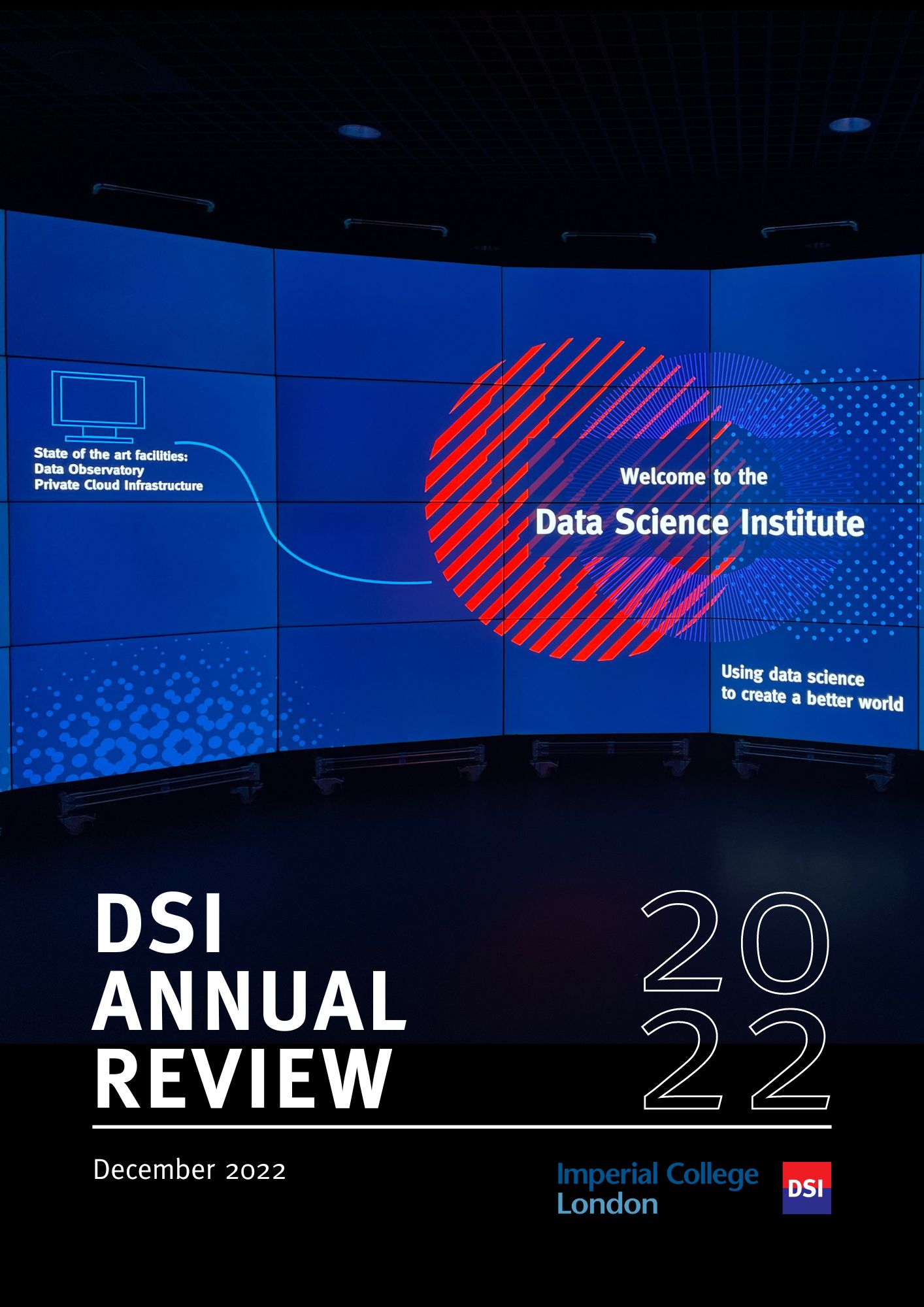BibTex format
@article{Martínez:2020:10.1016/j.future.2020.01.015,
author = {Martínez, V and Fernando, S and Molina-Solana, M and Guo, Y},
doi = {10.1016/j.future.2020.01.015},
journal = {Future Generation Computer Systems},
pages = {559--571},
title = {Tuoris: A middleware for visualizing dynamic graphics in scalable resolution display environments},
url = {http://dx.doi.org/10.1016/j.future.2020.01.015},
volume = {106},
year = {2020}
}

